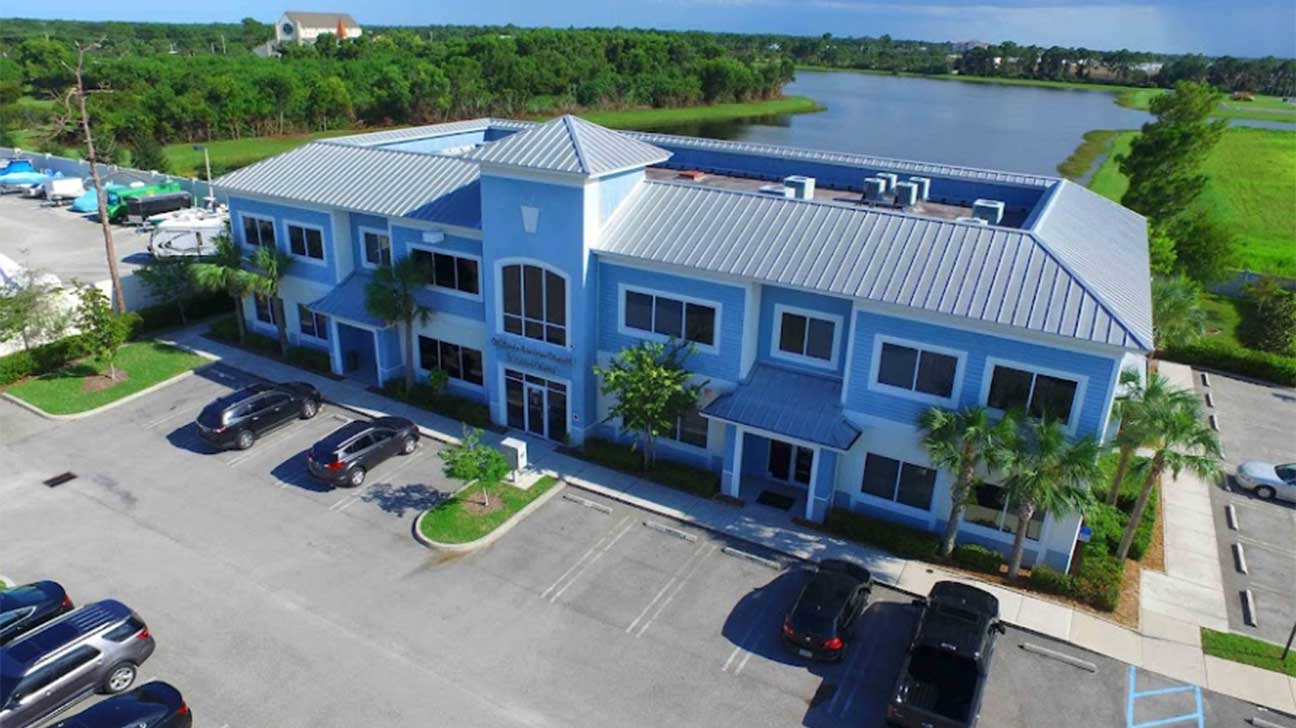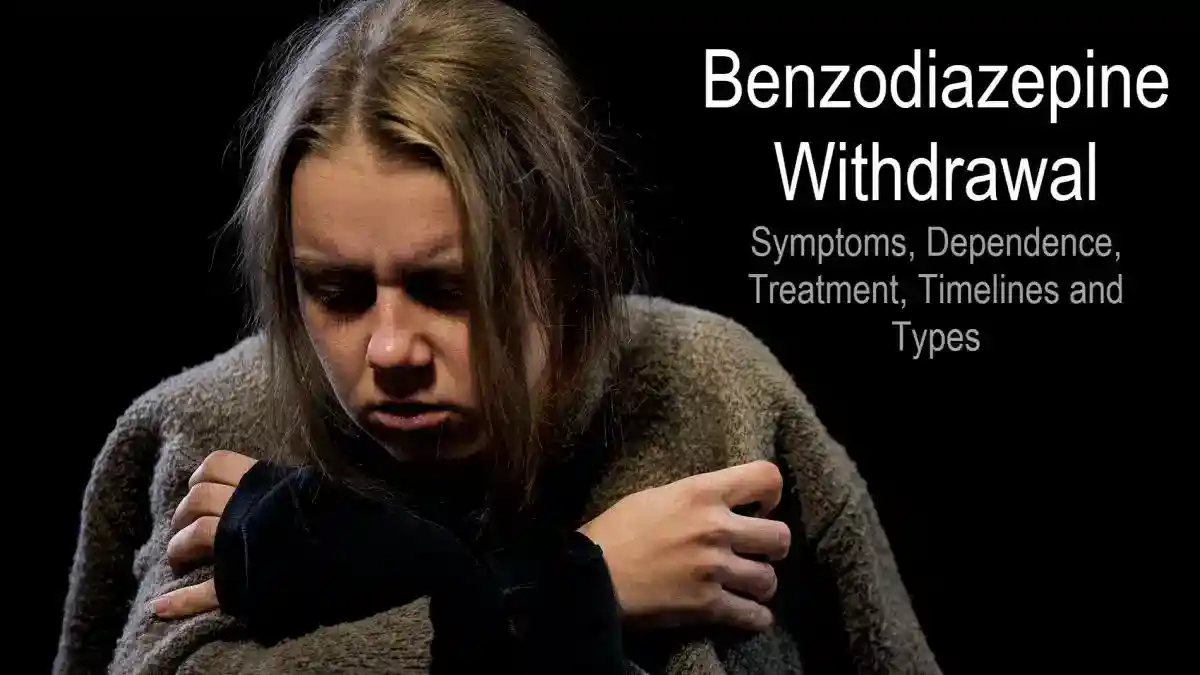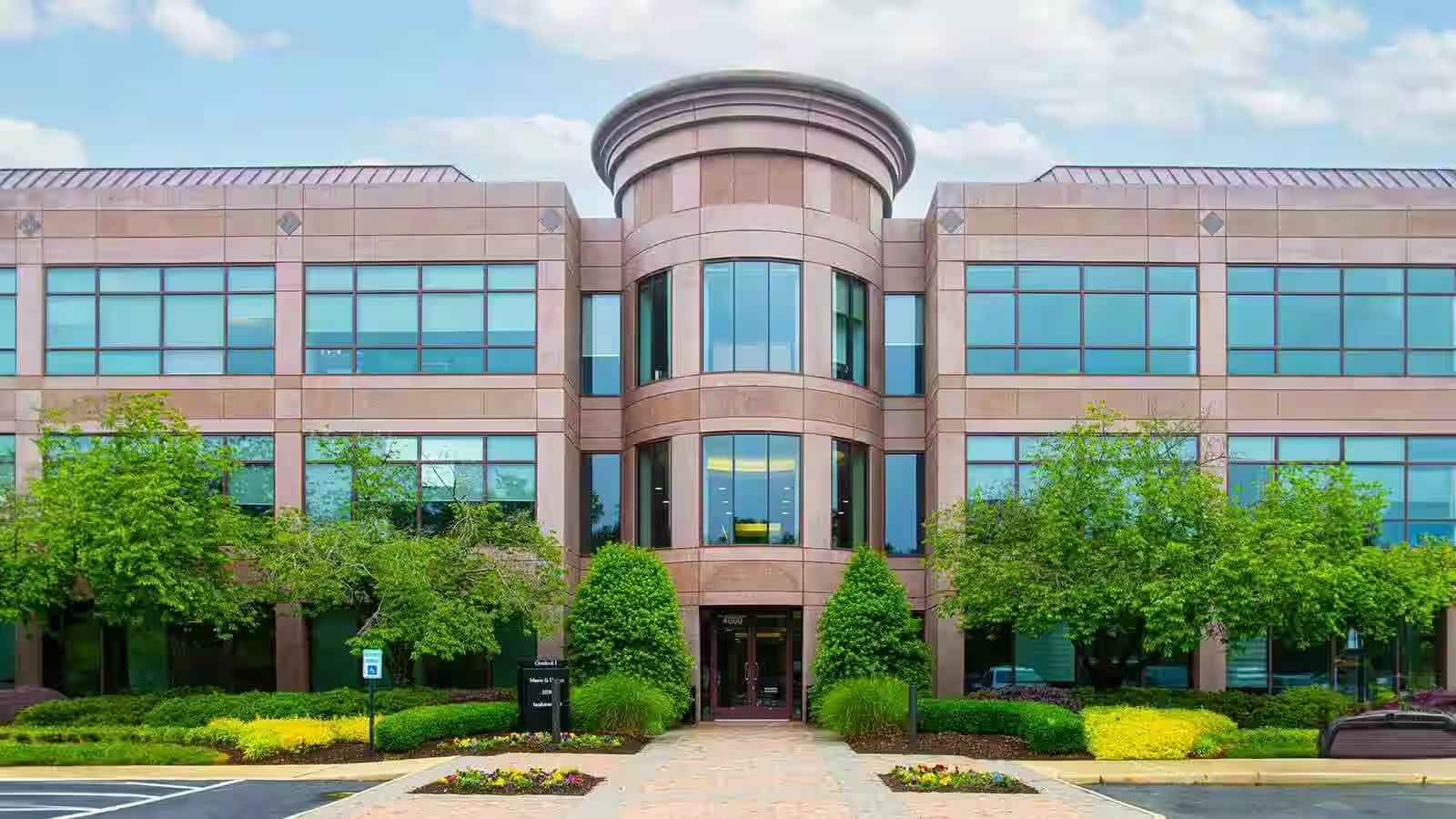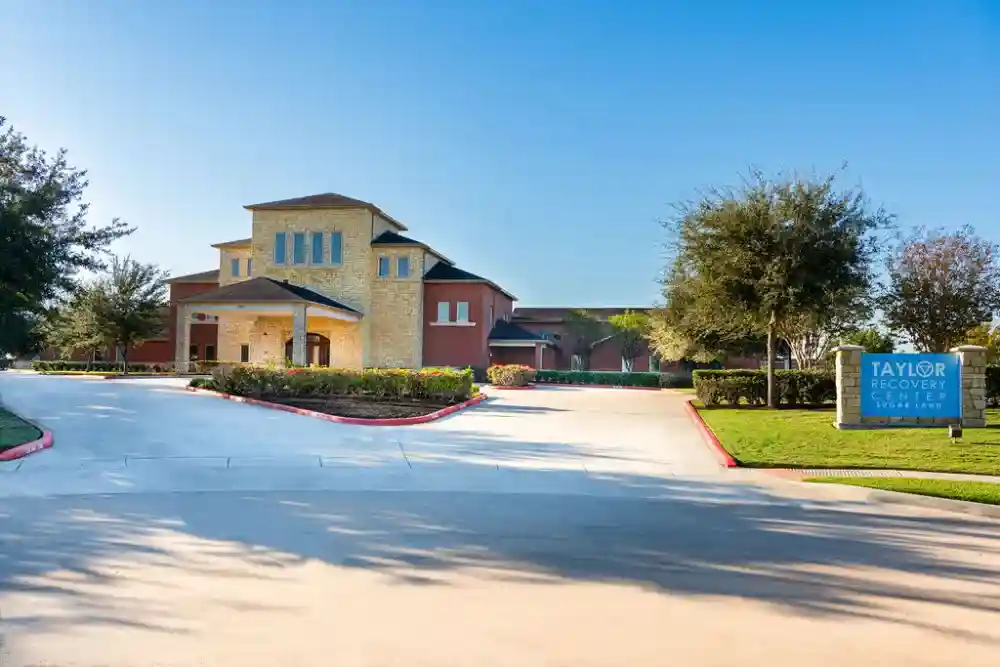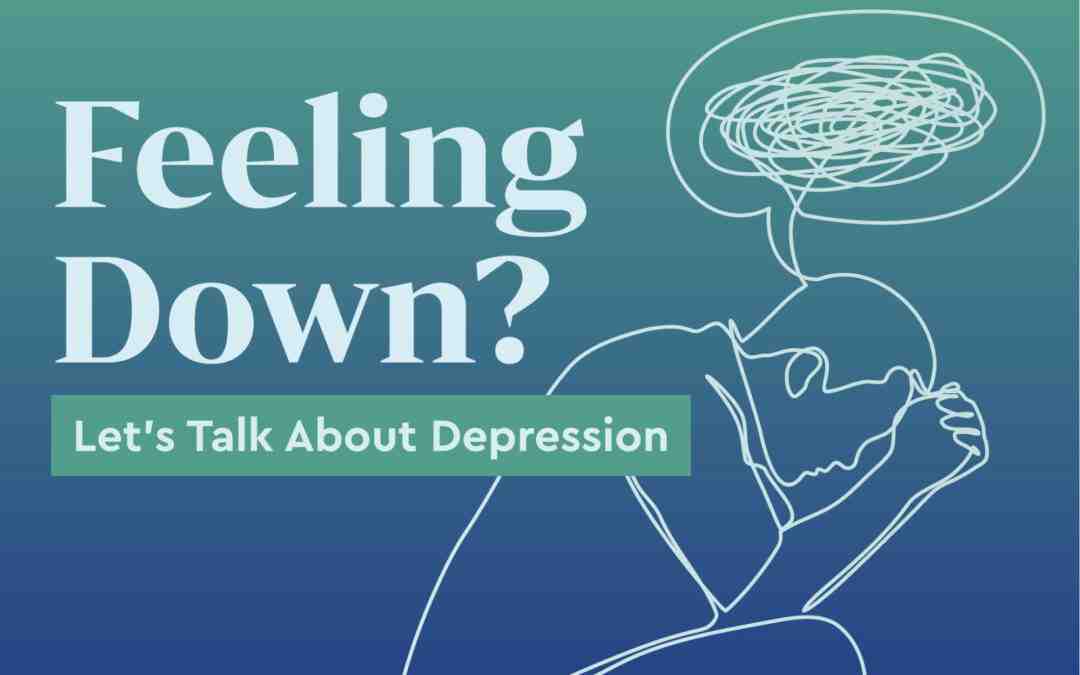
What You Need to Know About Depression and Treatment Right Now
Depression and treatment is a topic affecting millions, and understanding your options is the first step toward recovery. Whether for yourself or a loved one, here’s what you need to know.
Quick Overview: Depression and Treatment Essentials
- Depression is treatable: Approximately 80% to 90% of people who seek treatment eventually respond well.
- It’s a medical condition: Depression is different from normal sadness; it persists for weeks or months and interferes with daily life.
- Multiple treatment options exist: Psychotherapy, medication, brain stimulation therapies, and lifestyle changes all play important roles.
- Professional help is crucial: A proper diagnosis ensures you get the right treatment approach.
- Recovery is possible: Over 16% of U.S. adults will experience depression, and most find relief with proper care.
Depression is a serious medical condition that affects how you feel, think, and handle daily activities. Symptoms can be debilitating, from persistent hopelessness to physical changes like fatigue and sleep problems. Clinical depression requires professional diagnosis, but the encouraging news is that it’s one of the most treatable mental health conditions.
Nearly 7% of U.S. adults experience depression annually, and research shows that appropriate treatment works for most people. Treatment might include therapy, medication, or a combination of approaches. Some respond quickly, while others may need to try different options.
At Addiction Helpline America, we connect individuals and families with effective depression and treatment resources. We understand the urgency and provide free, confidential guidance 24/7 to help you find the right path to recovery.
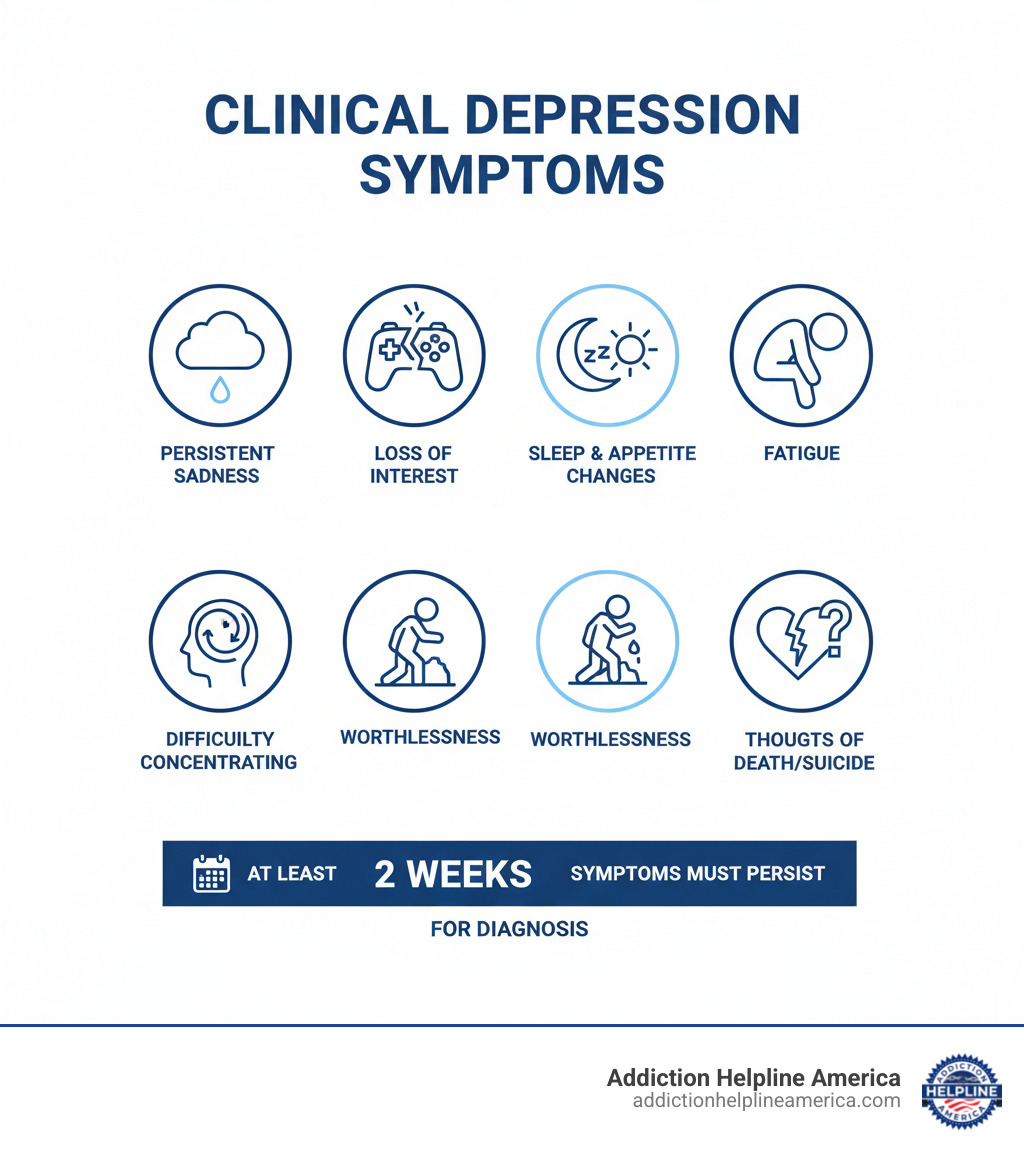
Depression and treatment further reading:
- electro shock therapy for depression
- mental health treatment near me
- can i refuse mental health treatment
Understanding Clinical Depression: Signs, Symptoms, and Types
If you’ve been feeling down for weeks, or a loved one has withdrawn from life, it could be clinical depression—a real medical condition that goes beyond temporary sadness. Clinical depression, or major depressive disorder, is persistent and interferes with your ability to work, sleep, eat, or enjoy life.
Understanding the signs and types of depression is a crucial first step toward effective depression and treatment. Let’s explore what clinical depression looks like and the different forms it can take.
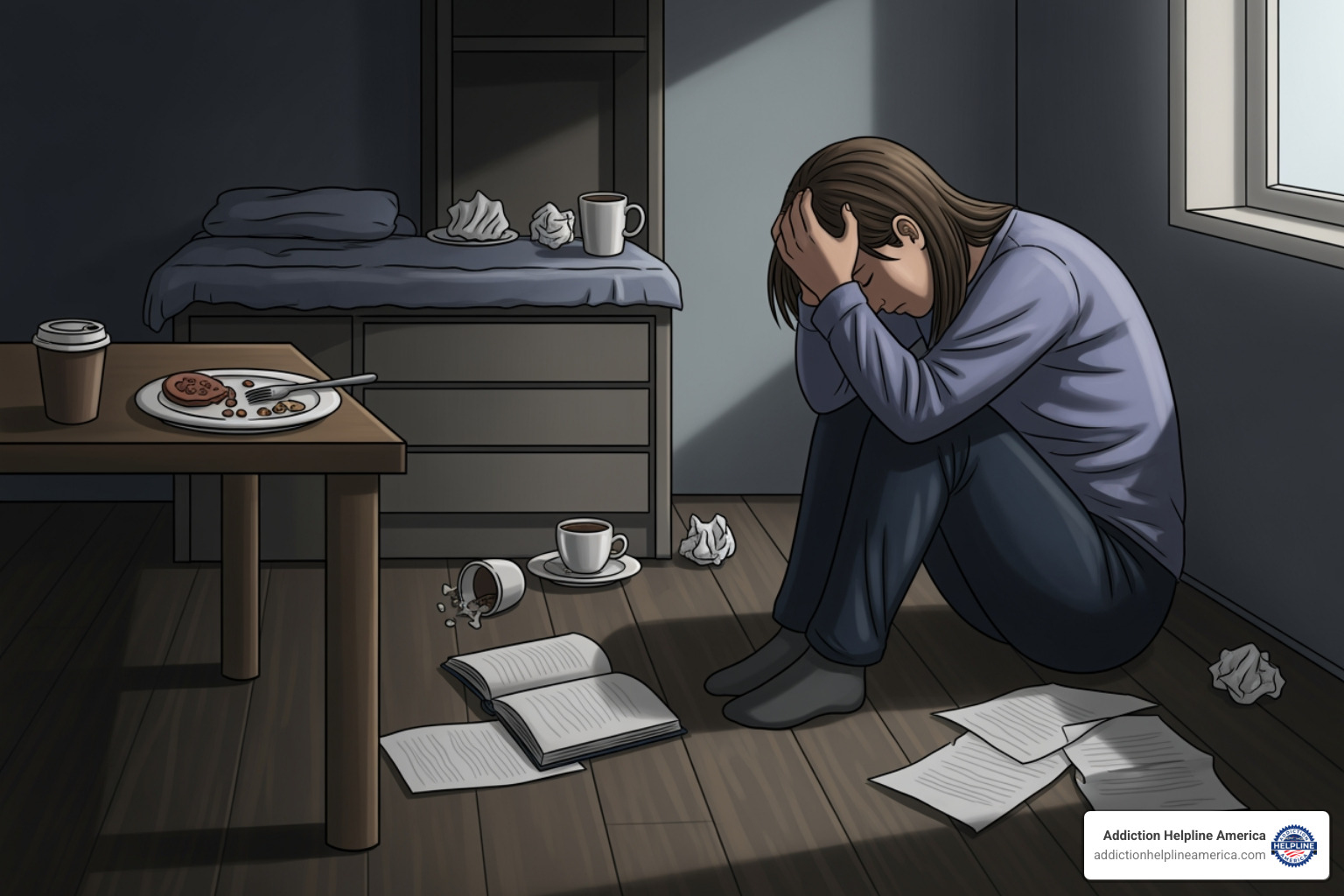
Common Signs and Symptoms
For a diagnosis of major depressive disorder, symptoms must be present nearly every day for at least two weeks and represent a change from your normal functioning.
-
Emotional symptoms: Persistent sadness, emptiness, or hopelessness. A key sign is anhedonia—losing interest or pleasure in activities you once enjoyed. Feelings of worthlessness or excessive guilt are also common. In children and teens, this may appear as irritability.
-
Physical symptoms: Chronic fatigue, even after a full night’s sleep. Sleep problems like insomnia (can’t sleep) or hypersomnia (sleeping too much) are frequent. Appetite changes can lead to significant weight loss or gain. Unexplained aches, pains, or digestive issues may also occur.
-
Cognitive symptoms: Difficulty concentrating, making decisions, or remembering things. Simple tasks can feel overwhelming.
-
Behavioral symptoms: You might experience psychomotor agitation (restlessness) or retardation (slowed movements and speech). Social withdrawal, irritability, and a lack of motivation are also common.
The Different Types of Depressive Disorders
Depression manifests differently in everyone. Here are several distinct types:
-
Major Depressive Disorder (MDD): This is what most people mean by clinical depression, with severe symptoms that significantly interfere with daily life.
-
Persistent Depressive Disorder (PDD): Formerly dysthymia, this is a milder but chronic form of depression, with symptoms lasting at least two years.
-
Postpartum Depression (PPD): More serious than the “baby blues,” PPD involves intense, lasting depressive symptoms after childbirth that can interfere with a mother’s ability to care for her baby and herself. The CDC offers helpful information on Moms’ Mental Health Matters: Depression and Anxiety Around Pregnancy.
-
Seasonal Affective Disorder (SAD): This type of depression is linked to the changing seasons, typically starting in the fall and winter. You can learn more in this CAMH video: Understanding Seasonal Affective Disorder.
-
Bipolar depression: This occurs as part of bipolar disorder, where depressive episodes alternate with periods of liftd mood (mania or hypomania). It requires a different treatment approach than MDD.
-
Depression with psychosis: In this severe form, depression is accompanied by a break from reality, such as hallucinations or delusions. Treatment typically involves antipsychotics alongside antidepressants. For more context, refer to this resource on schizophrenia, which discusses psychosis.
Identifying the type of depression is key to creating an effective plan for depression and treatment.
The Root Causes and Diagnosis of Depression
Depression doesn’t have a single cause; it results from a complex interplay of biology, life experiences, and environment. This complexity is why an accurate diagnosis is vital for effective depression and treatment.
Potential Causes and Risk Factors
-
Brain Chemistry and Genetics: Imbalances in brain chemicals (neurotransmitters) like serotonin and dopamine can contribute to depression. Genetics also play a significant role. Research on the role of genetics in depression shows that having a parent or sibling with depression increases your risk.
-
Stress and Trauma: Major life stressors such as divorce, grief, or financial hardship can trigger depression. Past trauma, especially in childhood, can also increase long-term vulnerability.
-
Medical Conditions: Chronic illnesses like heart disease, cancer, and chronic pain are linked to depression. Treating the underlying medical issue can sometimes improve depressive symptoms.
-
Personality: Traits like low self-esteem, pessimism, or being highly self-critical can make you more susceptible to depression.
-
Substance Use: At Addiction Helpline America, we frequently see the link between substance use and depression. Self-medicating with alcohol or drugs can mask symptoms temporarily but ultimately makes the underlying depression worse. Up to a third of people with clinical depression also have a substance use disorder. The National Institute on Drug Abuse provides extensive research on this comorbidity. Treating both conditions simultaneously offers the best chance for recovery.
How Depression is Diagnosed
There is no single test for depression. Diagnosis requires a comprehensive evaluation by a healthcare professional.
-
Psychiatric Evaluation: A doctor or therapist will discuss your symptoms, feelings, personal history, and family history to understand your situation.
-
DSM-5 Criteria: Professionals use the Diagnostic and Statistical Manual of Mental Disorders, Fifth Edition (DSM-5). A diagnosis of major depressive disorder requires five or more specific symptoms for at least two weeks, with at least one being depressed mood or loss of interest/pleasure.
-
Physical Exam and Lab Tests: A physical exam and lab tests (like thyroid function tests) can rule out medical conditions that mimic depression symptoms, such as hypothyroidism.
-
Screening Tools: Self-assessment tools like the Patient Health Questionnaire (PHQ-9) can help gauge depression severity and track treatment progress. While not a substitute for a professional diagnosis, it’s a helpful aid.
An accurate diagnosis is the foundation of successful depression and treatment.
A Comprehensive Guide to Depression and Treatment Options
There is real hope: 80% to 90% of people with depression who seek help eventually respond well to treatment. The key is finding the right combination of approaches custom to you. Most effective plans combine different strategies to address both the biological and psychological aspects of depression.
Psychotherapy for Depression and Treatment
Psychotherapy, or “talk therapy,” helps you understand your depression and develop skills to manage it. It’s about building solutions, not just dwelling on problems.
-
Cognitive Behavioral Therapy (CBT): One of the most effective approaches, CBT helps you recognize and change negative thought patterns and behaviors. Research on CBT for adult depression consistently shows it works well.
-
Interpersonal Therapy (IPT): This therapy focuses on your relationships and how they impact your depression, helping you steer conflicts, grief, or social isolation.
-
Dialectical Behavior Therapy (DBT): DBT teaches skills in mindfulness, distress tolerance, emotional regulation, and interpersonal effectiveness. It’s especially helpful for those with intense emotions.
-
Psychodynamic Therapy: This approach explores how unconscious thoughts and past experiences influence your current struggles, helping you develop healthier patterns.
Medications for Depression and Treatment
Antidepressants work by balancing brain chemicals (neurotransmitters) that regulate mood. Finding the right one may take time and adjustments, which is a normal part of the process.
-
Selective Serotonin Reuptake Inhibitors (SSRIs): Often the first choice, SSRIs (like fluoxetine, sertraline) are effective and have fewer side effects than older drugs.
-
Serotonin-Norepinephrine Reuptake Inhibitors (SNRIs): These drugs (like venlafaxine, duloxetine) affect both serotonin and norepinephrine and may be used if SSRIs aren’t effective enough.
-
Atypical antidepressants: This group includes drugs like bupropion, which can be more energizing, and mirtazapine, which can help with sleep and appetite.
-
Tricyclic antidepressants (TCAs) and Monoamine Oxidase Inhibitors (MAOIs): These are older classes of antidepressants. They can be very effective but are typically used only when newer medications don’t work due to more significant side effects and necessary dietary restrictions (for MAOIs).
Note: The FDA requires a black box warning on all antidepressants, as they may increase suicidal thoughts in people under 25, especially when starting or changing a dose. Close monitoring by a doctor is essential for this age group.
Brain Stimulation Therapies
For severe or treatment-resistant depression, these therapies offer hope by directly affecting brain activity.
-
Electroconvulsive Therapy (ECT): Modern ECT is a safe and highly effective procedure for severe depression, performed under general anesthesia. It uses a controlled electrical current to reset brain chemistry.
-
Transcranial Magnetic Stimulation (TMS): A non-invasive option, TMS uses magnetic pulses to stimulate mood-regulating brain regions. You are awake during the sessions, and it requires no anesthesia.
-
Vagus Nerve Stimulation (VNS) and Deep Brain Stimulation (DBS): These are more invasive, surgical options for chronic, severe, treatment-resistant depression. They involve implanting a device that sends electrical pulses to the brain.
Navigating these options can be overwhelming. At Addiction Helpline America, we provide free, confidential guidance 24/7 to help you connect with the right resources.
Navigating the Treatment Journey and Advanced Care
Starting depression and treatment is a journey, not a quick fix. Recovery takes time, patience, and persistence. Some days will be better than others, and that’s a normal part of the process.
How Long Does Depression Treatment Last?
The timeline varies. Most treatment plans follow three phases:
- Acute Phase (6-8 weeks): The goal is to reduce symptoms and find the right treatment combination.
- Continuation Phase (4-9 months): This phase focuses on sustaining progress and preventing relapse. Stopping treatment too soon increases the risk of symptoms returning.
- Maintenance Phase (years or indefinitely): For those with recurrent depression, this long-term approach helps prevent future episodes. After one depressive episode, the risk of another is 50%; after two, it jumps to 80%.
Managing Treatment-Resistant Depression
About 30% of people have treatment-resistant depression, meaning initial treatments aren’t fully effective. This is discouraging, but other options exist.
- Seek a second opinion from a mood disorder specialist.
- Adjust medications by changing the dose, switching to a new class, or adding a second medication.
- Consider genetic testing to see how your body processes certain drugs, helping guide medication choices.
- Explore advanced options like Ketamine or Esketamine, which can provide rapid relief for severe cases.
The Impact of Lifestyle, Alcohol, and Drugs
Daily habits significantly support your treatment. While not a cure, they can speed up recovery.
- Exercise: Research shows regular physical activity reduces depressive symptoms.
- Sleep: A consistent sleep schedule is foundational for mental health.
- Diet: A balanced, nutritious diet supports brain health. research indicates omega-3 supplements alone are not effective for treating depression.
- Social Connection: Connecting with others counteracts the isolation that depression fosters.
It is critical to avoid self-medicating with alcohol or drugs. Alcohol is a depressant that worsens depression symptoms over time, creating a dangerous cycle. Substances interfere with antidepressants and therapy, sabotaging your recovery. If you struggle with both depression and substance use, integrated treatment that addresses both conditions at once is essential. Addiction Helpline America can help you find these programs.
Complementary Approaches and Self-Management Tools
While professional care is the foundation of depression and treatment, complementary approaches and self-management tools can provide valuable support. They are not standalone cures but can improve your primary treatment.

Alternative and Complementary Therapies
-
Light Therapy: Sitting near a special bright light box daily can be effective for Seasonal Affective Disorder (SAD) by regulating your internal clock.
-
Acupuncture: This traditional practice of inserting thin needles into specific body points may help some people manage their mood.
-
Meditation and Mindfulness: These practices teach you to observe your thoughts without judgment, helping to reduce stress and rumination.
-
Yoga: Combining physical poses, breathing, and meditation, yoga can ease tension and lift your mood.
-
Music Therapy: Research on music therapy shows it can reduce depressive symptoms by providing emotional release and comfort.
-
St. John’s Wort: This herbal supplement is sometimes used for mild depression, but it can have serious side effects and interact dangerously with prescription medications, including antidepressants. Always talk to your doctor before taking it.
The Power of Psychoeducation and Digital Tools
Psychoeducation—learning about your condition—is empowering. It helps you understand symptoms, make informed decisions, and develop practical coping skills.
Online programs and mental health apps, also known as Digital Health Applications (DiGAs), offer convenient support. They can provide guided meditations, mood tracking, and cognitive exercises. While not a replacement for professional care, they are excellent supplementary tools to help you stay engaged with your treatment plan.
At Addiction Helpline America, we’ve seen how these approaches can improve recovery when integrated with professional depression and treatment.
Frequently Asked Questions about Depression and Treatment
Here are clear answers to common questions about depression and treatment.
Can depression be cured permanently?
Depression is best viewed as a manageable, chronic condition, much like diabetes or heart disease, rather than something with a one-time “cure.” Many people achieve full remission of symptoms and live fulfilling lives. However, the potential for relapse exists. The goal of depression and treatment is long-term management, which involves developing coping strategies and recognizing early warning signs to prevent future episodes.
How do I know if my antidepressant is working?
Antidepressants typically take 4 to 8 weeks to show their full effects. You’ll know the medication is working when you notice gradual improvements in core symptoms:
- Mood: Feeling more stable and positive.
- Energy: A reduction in crushing fatigue.
- Sleep: More stable sleep patterns.
- Other signs: Increased interest in activities, better concentration, and improved appetite.
Track your symptoms and discuss them with your doctor. If you don’t see improvement, don’t get discouraged. Adjusting medications is a normal part of the process.
How can I help a loved one who is depressed?
Watching a loved one struggle is difficult, but your support is crucial. Here’s how you can help:
- Encourage professional help: Offer to help them find a therapist or doctor and make an appointment.
- Listen without judgment: Let them know you’re there for them. Avoid trying to “fix” their problems.
- Educate yourself: Understand that depression is a medical illness, not a character flaw. This helps you respond with empathy.
- Use supportive language: Avoid phrases like “snap out of it.” Instead, say, “I’m sorry you’re going through this,” or “How can I support you?”
For more guidance, the NIMH offers advice on how to help a loved one. Addiction Helpline America is also available 24/7 to help you find resources for your loved one and for yourself.
Conclusion
If there’s one takeaway, it’s this: depression and treatment do not have to be a hopeless journey. Depression is a serious medical condition, but it is also one of the most treatable mental health challenges. The vast majority of people who seek help find lasting relief.
We’ve covered the types of depression, its complex causes, and the full spectrum of proven treatments, from psychotherapy like CBT and medication to advanced therapies and lifestyle changes.
Your recovery path is unique. A personalized treatment plan that considers your specific needs is what makes the difference. With patience and the right support, you can find what works for you.
At Addiction Helpline America, we understand that taking the first step is hard. That’s why we’re here: to provide free, confidential guidance 24/7, connecting you with the right depression and treatment resources from our nationwide network. You don’t have to do this alone.
Recovery is not just possible—it’s waiting for you.
Find personalized and confidential help for depression today
Our helpline is 100%
free & confidential
If you or someone you care about is struggling with drug or alcohol addiction, we can help you explore your recovery options. Don’t face this challenge alone—seek support from us.
Programs
Resources
Will my insurance
cover addiction
treatment?
We're ready to help
Find the best
drug or alcohol treatment
center
Are you or a loved one struggling with addiction? Call today to speak to a treatment expert.



